









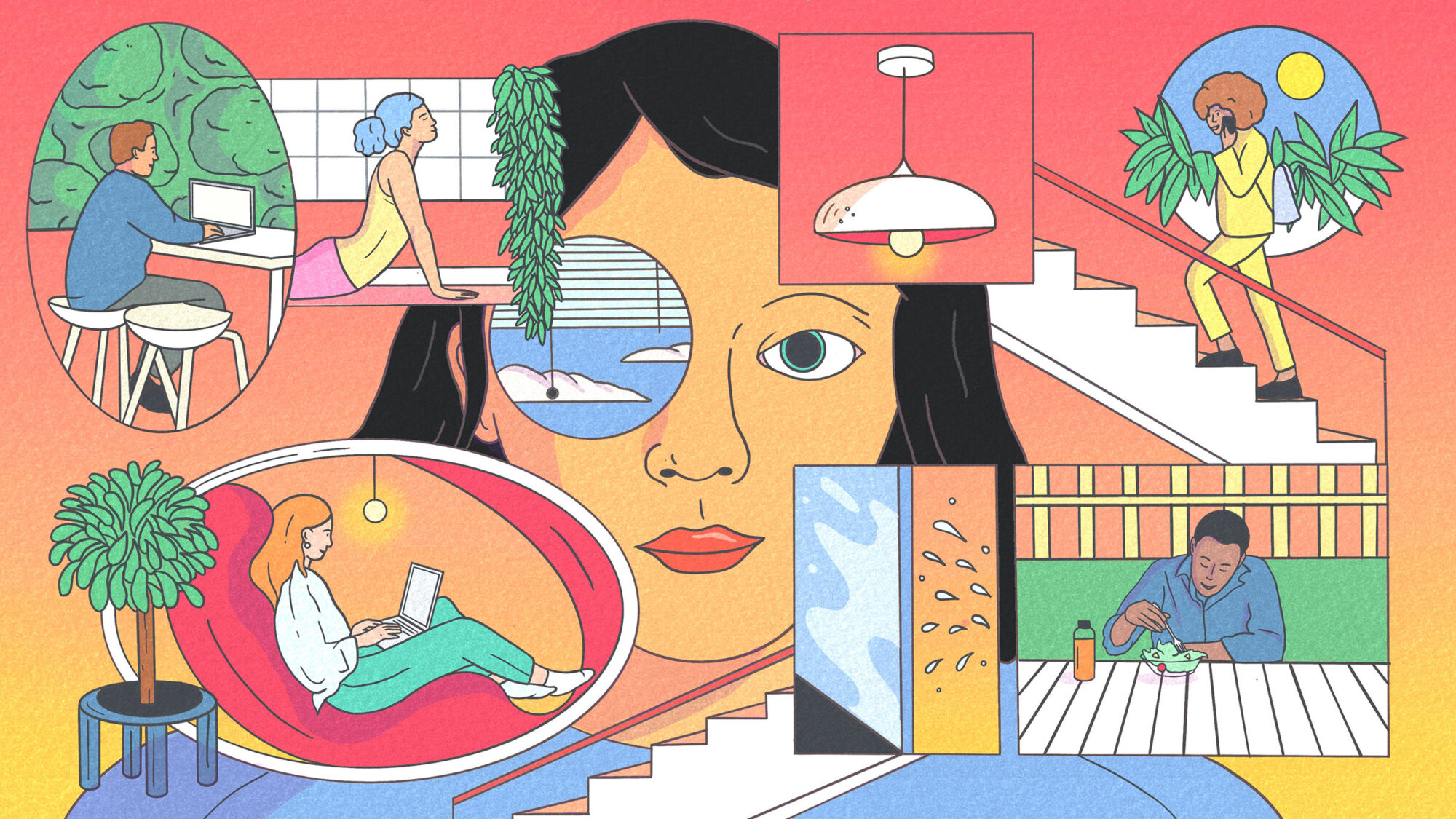 Illustration by Rosie Barker @rosiebarkwr
Illustration by Rosie Barker @rosiebarkwr
John Sellery explores why office design is a conduit to achieving and sustaining a healthy workforce and business.
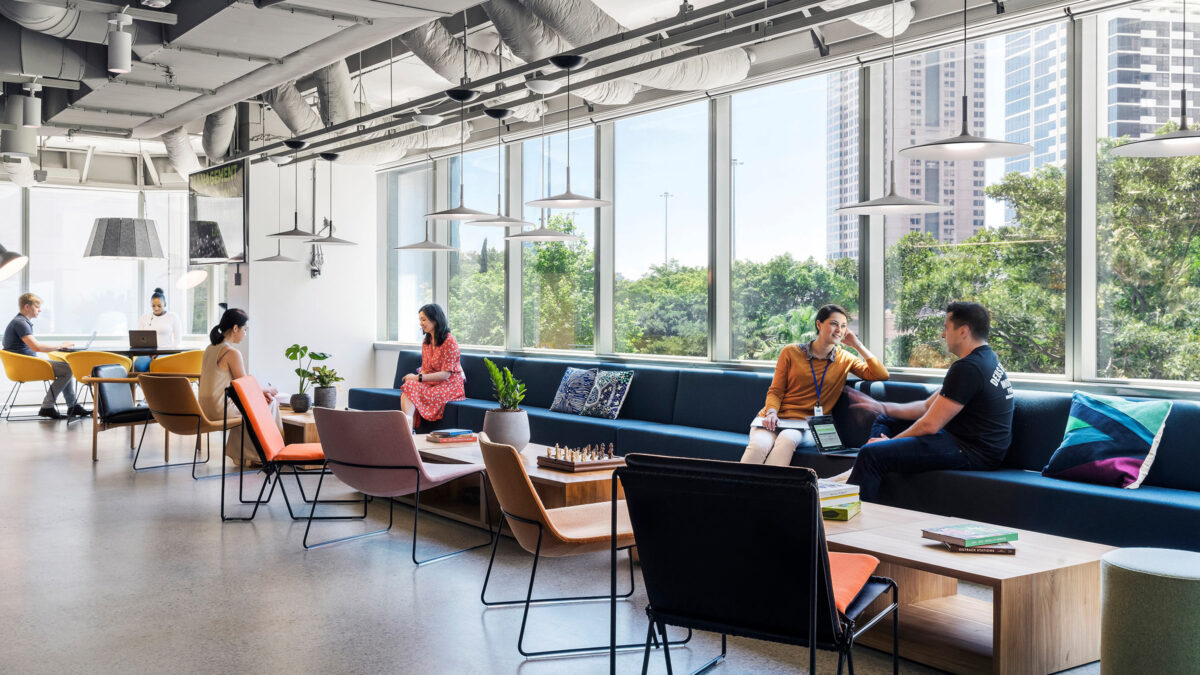
As a leader within my own firm, I’ve always placed a premium on psychological safety. However, it requires a steadfast commitment to a people-first mentality, in both good times and bad. It means showing a true appreciation for people’s contributions. It means granting them autonomy to pursue business goals and helping them find joy in their work. All of which ultimately help to shape the company’s financial and reputational health.
But in about the physical environment. How can workplace design impact psychological safety?
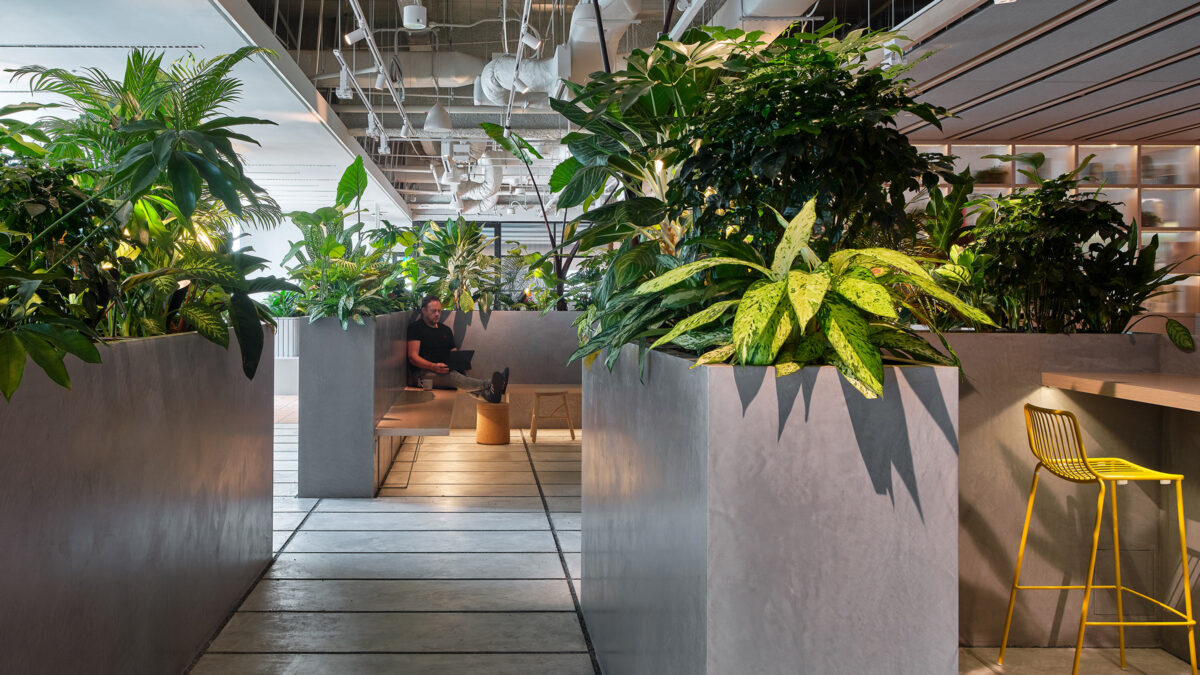
Feeling psychologically safe at work is often a byproduct of choice. When the physical workplace gives employees the flexibility to choose their work settings and transition from one to the other with ease, they are better able to manage their emotions, responsibilities and interpersonal dynamics with their colleagues and supervisors. Choice is strategically putting control in the employee’s hands to encourage certain behaviours and protect emotional wellbeing.
Here are a few thought starters:
By providing choice and flexibility, employees become more present and available, which ultimately increases productivity and the quality of the work.
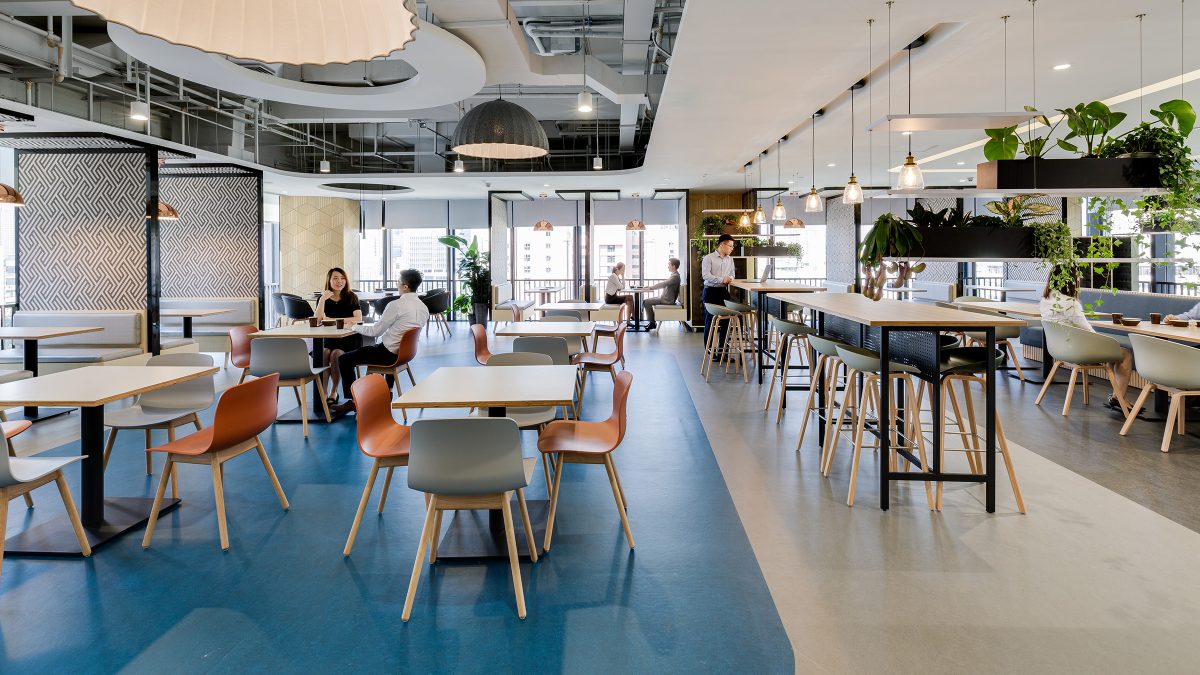
We know that psychological safety is directly linked to physical wellness. During the global pandemic, business leaders are being called upon to further adapt the physical workplace to protect people’s health. If people are healthy and they have the confidence that their physical environment is working hard to keep them that way, their psychological safety will grow.
Some of these steps include:
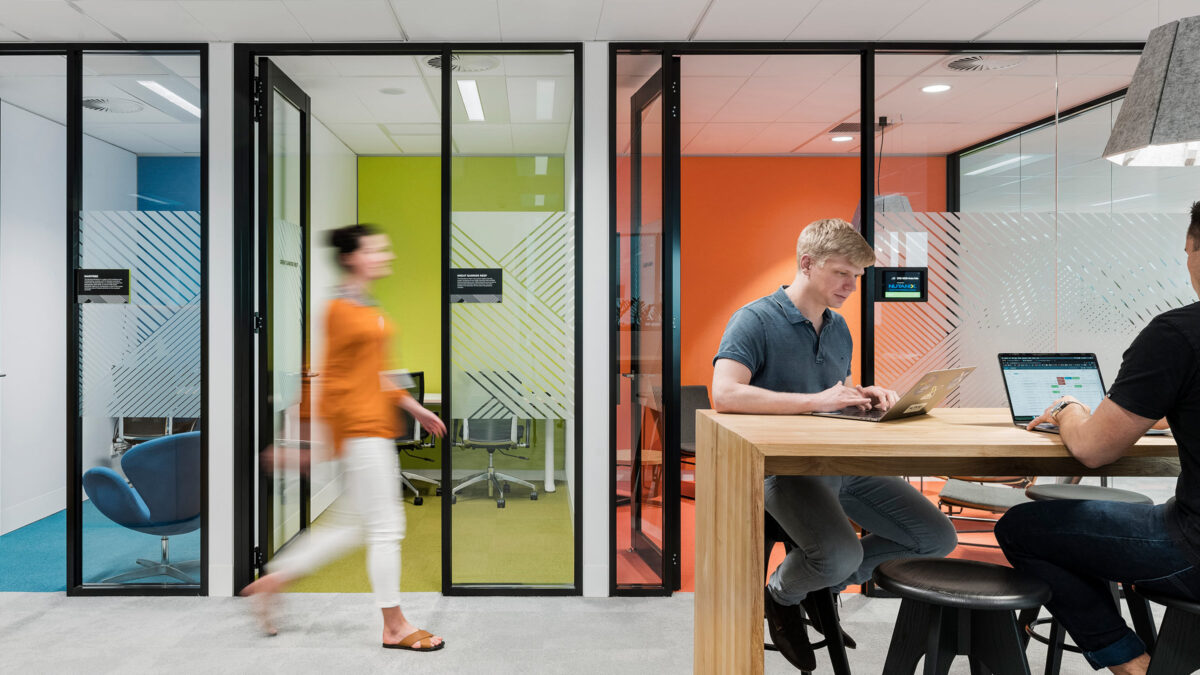
Helping employees feel safe and secure so they can do their best work requires a people-first mindset. It also requires the belief that psychological safety is a key ingredient to organisational success.
To institutionalise it and foster the behaviours that support both physical and psychological safety, companies must adopt protocols and guidance for employees and leaders to follow. These include stringent, well communicated and non-negotiable safety standards, equal access for all employees to tools, technologies, and facilities, and a system of accountability where feedback is valued.
Psychological safety in the workplace is more pressing than ever. Design is a conduit to achieving and sustaining a healthy workforce.
Group Managing Director